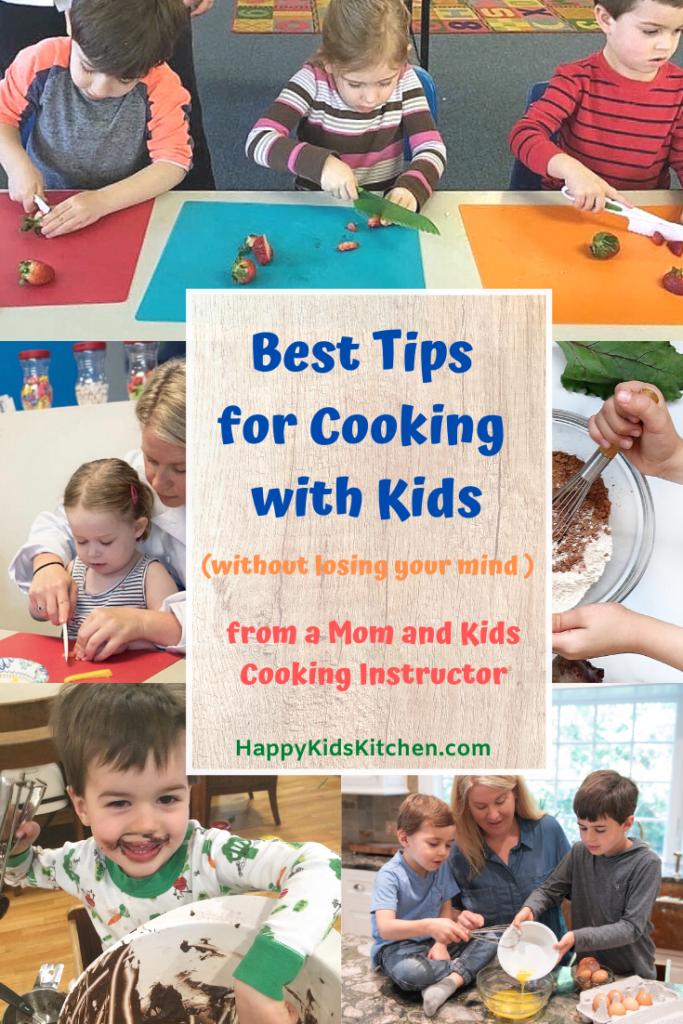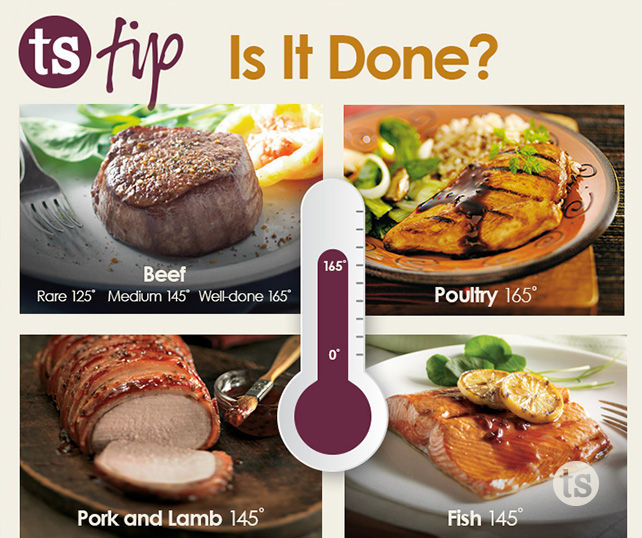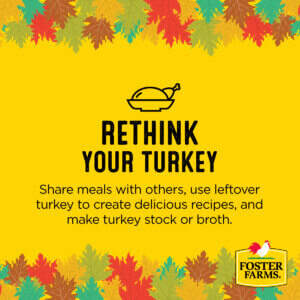
These are some helpful tips for busy moms and dads: Get your kids involved with the kitchen! You'll be able to make delicious meals with your kids, and they will love it! We have also included useful tips to reduce waste and save time. Continue reading for more useful tips. In no time, you'll have a recipe to make the perfect meal!
Getting kids involved in the kitchen
The first step in getting kids involved in the kitchen is to let them know what they will be doing. You can give them tasks that are appropriate for their age. For instance, a toddler might be able to measure and pour the batter. They can also assist with counting and measuring. You can use special tools like wooden spoons or measuring cups to help your child learn how to cook and encourage literacy. Children will also enjoy the opportunity to learn new vocabulary and practice cooking.
Children who take part in the kitchen can learn a lot. They can identify colors, fruits, vegetables, and other objects. They can also learn about numbers and measure ingredients. They will also be interested to learn how to use different kitchen equipment. Cooking together will also strengthen the parent/child relationship. To help children build confidence, self-esteem and self-esteem, it is a good idea to get them involved in the kitchen.
Preparation
There are many ways to prepare food and serve it. These aspects can include technical, biochemical, and nutritional issues. The economic, cultural, and historical contexts all have an impact. But what are the fundamental processes? And how do these transform foods into their most delicious and healthy forms? This article will briefly cover some of the fundamental concepts and processes involved with food preparation. You will have a better idea of the whole process after reading this article.

Food preparation processes are generally classified according to their primary science. They can be physical or chemical (nut shelling, adding salt), or biological (brewing beer). There are many ways to divide food preparation based on the purpose. Some foods are toxic unless properly prepared, while others are merely barely edible until cooked. Food preparation is not new, but it has been practiced for hundreds of years. Microwaving is an example of such a method.
Waste reduction
It is a great way to reduce the amount of waste by using ingredients already in your kitchen. You don't need to buy new food when you have the option of using what you already own. This will cut down on food waste as well as save you money. Use the following food waste reduction tips to save money while cooking. You can't eliminate food waste entirely. How can we reduce it? Below are a few ideas. These ideas are just a few.
Be careful not to serve too many portions. One quarter of all restaurant meals end in the garbage. However, you need to take into account how much of that food was left behind in the kitchen. Although the U.S. may use large portions of food as a marketing tool, it has serious environmental impacts. Reduce portions and sell half the food. Consider toasting your leftover food if you are unable to eat it all.
Time-saving techniques
These time-saving hacks can be used to save time and help you avoid wasting your effort. If you buy canned beans regularly, add them to your shopping list. You can also add a box of tissues to your shopping list if you frequently use them. Not only will you be more likely remember your shopping list but you'll also save time and effort by writing it down. You will never again be lazy once you master these cooking hacks.

It can be difficult to reduce kitchen time, especially when you have a hectic schedule. Planning your weekly menu ahead is one way to cut down on cooking time. Even if your schedule isn't very busy, it's a good idea for you to prepare a grocery shopping list on Sunday afternoon. This will make grocery shopping a breeze and save you hours.
FAQ
Do I need any special equipment to cook?
To learn to cook, you don’t need to have any special equipment. However, it can be easier to use the right tools. For example, you could use a knife instead of a fork to eat pasta or a whisk instead of a hand mixer to whip egg whites into stiff peaks. The right tools make cooking easier and faster.
What is the difference between a chef & a cook?
A chef is someone who prepares food for others. A cook cooks for others. A chef, on the other hand, works directly with customers. They may need to make decisions about what they will serve to their guests based upon their preferences. Cooks don't interact with customers. Instead, he or she ensures that the food tastes good before serving it to anyone.
How do I become a chef?
First, you need to earn a culinary arts diploma in order to get a job working as a chef. The next step is to join a professional association like the American Culinary Federation. This association offers certification exams as well as networking opportunities.
What is the cost of a culinary school?
The cost of a culinary school depends on where you are, how much you study, and what program or course you choose. Tuition costs range from $10,000 to $30,000. The majority of students graduate with around $20,000 in student debt. There are programs that offer work-study and scholarships.
How Do I Learn About Cooking?
All over the country, cooking classes are offered. You can find courses in baking, pastry and wine tasting at many schools. If you want to learn more about cooking, you can enroll in a class at a local community college or vocational school, or attend one offered by a private institution.
Statistics
- The median pay for a chef or head cook is $53,380 per year or $25.66/hour, according to the U.S. Bureau of Labor Statistics (BLS). (learnhowtobecome.org)
- On average, chefs earn $58,740 a year, according to the BLS. - learnhowtobecome.org
- You'll be amazed that over 90% of CIA students receive scholarships and grants to finish their culinary studies. (ischoolconnect.com)
External Links
How To
How to Become a Chef
Chefs are one of the most fascinating careers. It takes a lot to be able to do this job well. There are many options for those who want to work immediately. You can work at restaurants, hotels or catering businesses. You could also take up cooking classes. To make the decision easier, we've prepared some useful tips on becoming a chef.
-
Learn how to cook!
Everyone should learn how to cook at least once in their lives. You should learn to cook if you don't already know much about food. Many recipes can be found online, and many are easy to follow. You should not rush learning new skills. Take it slow and enjoy each step.
-
A culinary arts degree is a good option if you are looking to be a professional chef. This way, you will be able to develop your own style and taste while gaining valuable knowledge. Culinary schools offer classes in pastry making, baking, meat cutting and many other subjects. Most schools require that students attend classes for many years before they can graduate. If you truly want to be a chef, it is worth considering other schools.
-
Work in a restaurant
Working in a restaurant is probably the easiest way to enter the world of chefs. Many people start out as chefs because they get hands-on experience. Restaurants want qualified staff, especially if they have had experience in other fields. If you're looking to be a chef, it is worth applying for job opportunities in restaurants.